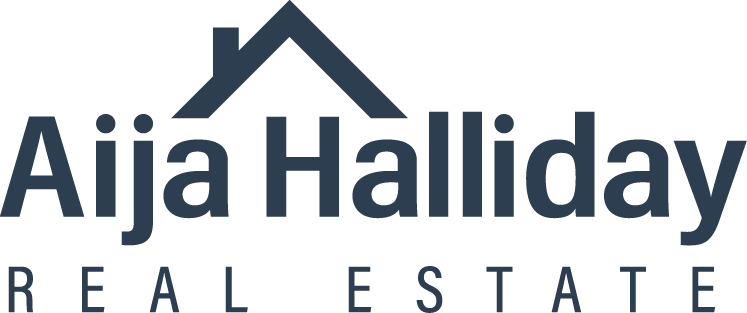Determining the right price for your home is a pivotal step in the selling process. A well-priced property not only attracts a larger pool of potential buyers but also expedites the sale. My wealth of experience as an agent has helped my clients effectively navigate this crucial phase with their wallets in mind. In this section, we’ll delve into various San Jose home pricing strategies and tools to help you maximize your return on investment.
Comparative Market Analysis (CMA): A Data-Driven Approach
A Comparative Market Analysis (CMA) is an invaluable tool for any home seller in San Jose. This real estate market analysis provides a realistic price range that helps you understand your home’s position in the San Jose market.
Why It’s Crucial
A CMA offers a data-driven foundation for setting the right price. To get the most accurate CMA, you can request one from a qualified realtor like myself. Provide detailed information about your home’s condition, upgrades, and other features for a more precise valuation. Keep in mind that market conditions change, so a current CMA is essential.
Additional Factors to Consider
- Local Market Trends: Are homes in your area appreciating or depreciating?
- Seasonal Factors: Does the San Jose market favor sellers during certain months?
- Economic Indicators: Interest rates, employment rates, and other economic factors can influence home prices.
Market Skimming: The High-Value Proposition
Market skimming involves setting a higher initial price for your home. This strategy can be effective if your property has unique features or if there’s a scarcity of similar listings in San Jose.
Pros:
- Attracts buyers willing to pay a premium.
- Maximizes profit if the home sells at the initial price.
- Creates a perception of exclusivity and high value.
- Allows room for negotiation without significantly lowering the home’s value.
Cons:
- Risk of the home lingering on the market.
- Potential for subsequent price reductions.
- May limit the pool of interested buyers.
- Could require more extensive marketing efforts to justify the higher price.
What to know
Identify and highlight unique features of your home that justify the higher price. Also, have an exit strategy for reducing the price if the home doesn’t sell quickly to avoid the stigma of a stale listing.
When to Use Market Skimming
This strategy works best when you have a unique property in a high-demand area, or during a seller’s market when buyer demand outstrips supply.
Penetration Pricing: Sparking a Bidding War
Penetration pricing means setting your initial listing price lower than the current market value to attract a flurry of buyers. This can often lead to multiple offers and even a bidding war. Prepare your home to look its best for the influx of initial interest.
If multiple offers come in, I can guide you on how to handle them ethically and effectively, keeping backup offers engaged when necessary.
Pros:
- Quick sale.
- Potential for a bidding war, raising the final sale price.
- Generates immediate interest and buzz.
- Simplifies the marketing process due to high demand.
Cons:
- Risk of selling below market value.
- May attract bargain hunters rather than serious buyers.
Timing is Everything
The success of penetration pricing often depends on market timing. It’s most effective when introduced during a high-demand period.
Competitive Pricing: The Balanced Approach
Competitive pricing involves aligning your home’s price with similar properties currently on the market in San Jose. Keep an eye on similar listings in your area to gauge your competition. If your property isn’t attracting offers, I can advise you on when and how to make strategic price adjustments. This strategy aims to offer a fair price that reflects current market conditions.
Pros:
- Attracts a steady stream of interested buyers.
- Less risk of the home sitting on the market.
- Aligns with buyer expectations based on market research.
- Simplifies the appraisal process, as the home is priced in line with similar properties.
Cons:
- Limited room for negotiation.
- May not maximize profit.
- Risk of being overshadowed by more competitively priced homes.
- Potential for price reductions if initial pricing is not accurate.
The Role of Negotiation
Even with competitive pricing, be prepared for negotiations. Having a well-defined range can help you navigate offers effectively.
Additional Considerations: The Psychology of Pricing
Understanding the psychology behind pricing can also be beneficial. For example, setting a price just below a round number (e.g., $499,000 instead of $500,000) can make the home seem more affordable to potential buyers.
The first price a potential buyer sees sets their perception of value, a principle known as price anchoring. Strategic pricing just below a round number can make your home appear more affordable without significantly affecting your bottom line.
Key Takeaways
- Pricing is both an art and a science.
- Different strategies have their own sets of pros and cons.
- Market conditions, timing, and your own selling goals should all factor into your pricing decision.
By understanding and applying these San Jose home valuation tips and pricing strategies, you’ll be better equipped to set a price that not only reflects your home’s true value but also resonates with the current market conditions in San Jose. Armed with this knowledge, you’re one step closer to a successful sale.


